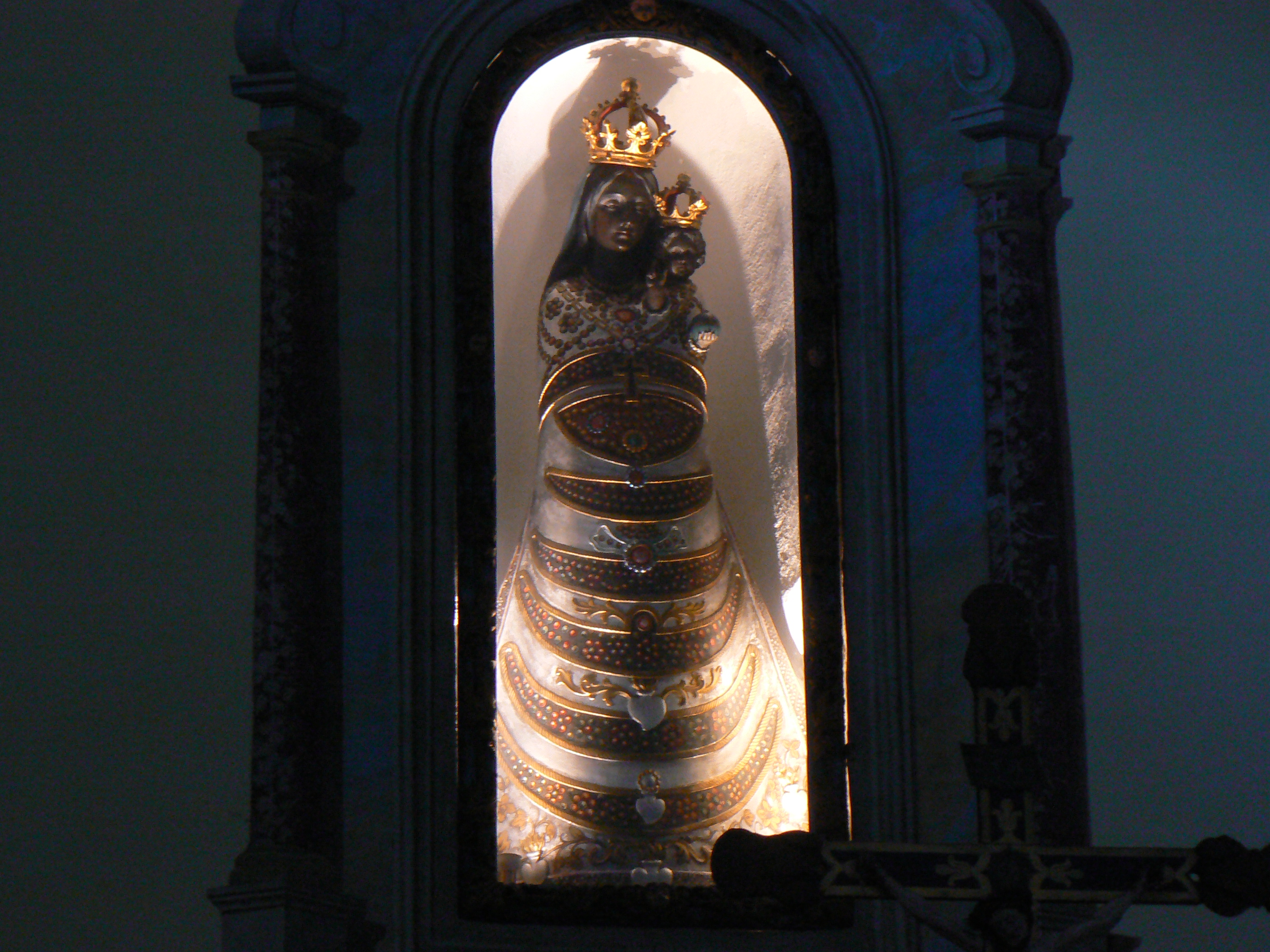Friends,
I have just come back from spending ten days in Europe, most of them in Geneva, where I led a group of folks from MPC on a study tour that looked at Paganism, Calvinism, the World Council of Churches, and at the important work of dissent.
But before I arrived in Geneva, I visited some relatives of mine who live in Italy, only a mile or so from the Swiss border. On my second day with my cousins we drove into Canton Ticino in Switzerland, deep into a valley way up in the Alps until we came to the village of Sonogno, where, among other things, we visited the local church. IN the church I was amazed to find a “black Madonna.” There are between four and five hundred black Madonnas worldwide, and black Madonnas are publicly-displayed images of Mary in which the blessed virgin is depicted with dark skin.
For modern Christians the black Madonnas are reminders that neither Jesus nor his mother were (or are) of European decent. This is an important point to remember, especially in these days of growing racism, anti-Semitism and white supremacy, and indeed many black Madonnas—especially outside of Europe—are intended to communicate this essential truth.
No one really knows why some ancient European Madonnas—like the one at Sonogno—are black. The artists who made the Sonogno Madonna may have had interactions with non-Europeans, or may have been non-European, but few (if any) of the folks living in medieval Canton Ticino had much in the way of interaction with non-Europeans, which makes it unlikely (but not impossible) that such race-consciousness was active in the minds of those who first created and installed the black Madonna in Sonogno several centuries ago. It also is possible the origins of European black Madonnas lie in some form of pre-Christian pagan imagery which now is lost to us.
Either way, my Jungian spiritual director in San José used suggest that I understand that the black Madonnas don’t just have dark skin, but also he directed me to observe that the black Madonnas almost always are looking away from the light and into the shadows. If my Jungian spiritual director’s observation was good (and I think it was) then the black Madonna—besides being a reminder that God is not European—also is a reminder that the mother of God (or what we, as progressive Protestants might call “the Divine Feminine”) searches for us in the places of life that are in the shadows—our places of pain and sorrow and confusion. The image of the black Madonna is a reminder that God does not abandon her children as they stumble in the dark.
It is a hopeful message for us, especially as the days now are getting shorter and the nights longer.
Anyway, here is a photo of Sonogno’s black Madonna:
God’s Peace!
Ben

